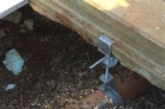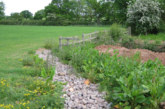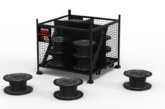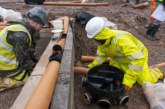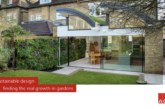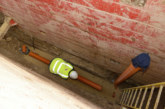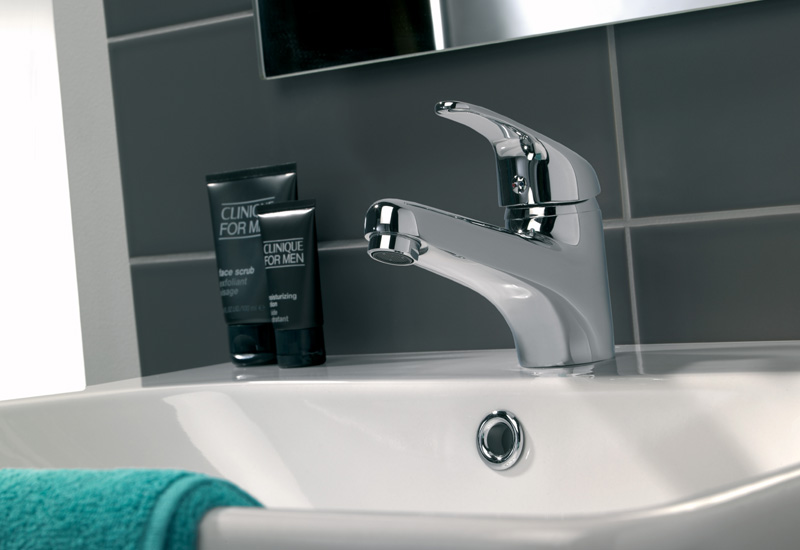
How can developers help reduce the amount of water wasted in the UK when designing bathrooms that have one eye on the environment without compromising on the levels of comfort that homebuyers seek? Nicola Hadcroft, Trade Marketing Manager for Twyford, shares some ideas.
According to recent figures from the Energy Savings Trust, each household in the UK uses an average of 349 litres of water per day. Couple this with Building Regulations which are getting increasingly stringent on eco issues and water efficiency and it is clear that developers have something of a duty to specify, where possible, products that help reduce the amount of water we use. Roughly a third of a household’s total water consumption in any one day takes place in the bathroom, from flushing the toilet to showering and brushing teeth, which makes this room a very good place to start in a bid to make our future housing more environmentally-minded.
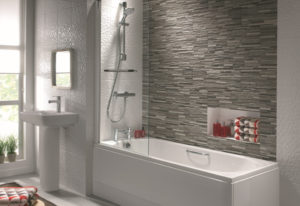
The trick to success here though, lies in selecting solutions that don’t compromise on quality, performance or looks for the sake of saving water, as these are all important elements of a bathroom’s design and as such can have significant selling power for the property overall. Fortunately, manufacturers are now much more focused on the need for water-saving, enabling developers to take their pick of the latest innovations in terms of technology, form and function.
Flushed away
A staggering 22% of the water used per household on a daily basis in the UK is flushed down the toilet, making a developer’s choice of WC and flushing system an important one. A dual flush cistern can reduce water consumption by up to 40 per cent compared to a single flush cistern, making this a pretty standard specification for new build developments.
As pioneers of Flushwise, the dual flush 4/2.6 litre technology for WCs which is now widely adopted across the bathroom industry, Twyford has made this water-saving system available on the majority of the brand’s ranges, with a choice of designs and price points to cater for all situations. This encourages water-saving among consumers in the simplest of ways, without compromising on hygiene or overall performance.
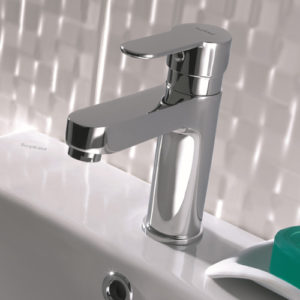
Brass section
Brassware is another area of a bathroom’s design where developers can make in-roads into water-saving. Although less water is wasted at the washbasin than when flushing the toilet, routine daily activities do play their part in the amount of water that is simply poured down the drain.
A tap left running while brushing teeth, for example, wastes around 6 litres of water per minute. Brassware with built-in water-saving technology helps reduce this problem, while leaving the consumer in control over how much water they use. The X52 tap collection, for example, has been introduced by Twyford this year to meet this need among developers, providing a fashionable and flexible solution. With X52 the user controls the rate of flow, thanks to the tap’s dual action which delivers 4 litres per minute with one click back and 7 litres per minute with two clicks.
Shower vs bath
Such is the requirement for greater water-saving in the bathroom that this type of technology shouldn’t be confined to the basin, it can also be adopted for the shower area. Here though, performance is key, making it important to specify showers that are fitted with a regulator or aerator, which will encourage water-saving while ensuring the user experience is unaffected.
The latest showerheads on the market often use various technologies to reduce water consumption – aerated showers, for example, combine water and air, while regulated showers place an upper limit on flow rates. With regards to bath/shower mixers, there needs to be something of a middle ground reached between practicalities and water-saving.
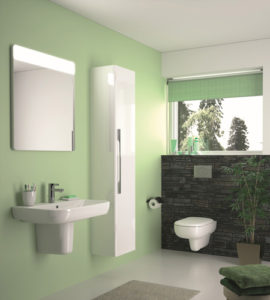
While there is much emphasis given to the water-saving benefits of showering over taking a bath, homebuyers are likely to want the luxury of being able to choose between the two and the majority will expect a bath to be fitted as standard, at least in the main family bathroom.
While it is true that a five minute shower uses around half the volume of a standard bath, this is not to say that water-saving should be sacrificed in favour of user comfort, as there are options available that successfully combine the two. Using around 35 per cent less water than a standard bath, the Opal bath from Twyford has a 130 litre capacity, which is ample for ensuring a luxurious bathing experience for the user.
In order to cater for a modern way of living, while also being mindful of the impact this can have on the environment in the future, developers should be specifying water-saving initiatives as standard, designing bathrooms with this in mind from the outset, rather than running the risk of water-saving becoming an afterthought.

